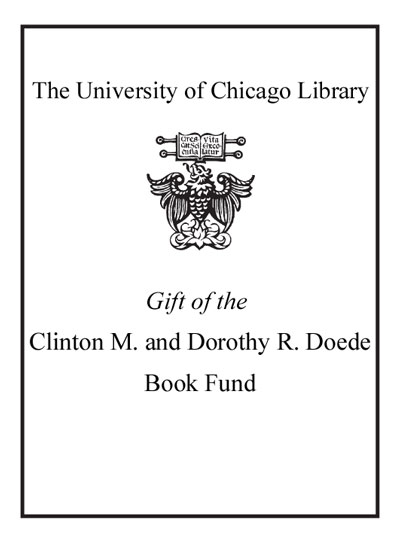Counselling children : a practical introduction /
Saved in:
| Author / Creator: | Geldard, Kathryn. |
|---|---|
| Edition: | 3rd ed. |
| Imprint: | Los Angeles : Sage Publications, 2008. |
| Description: | viii, 315 p. : ill. ; 25 cm. |
| Language: | English |
| Subject: | |
| Format: | Print Book |
| URL for this record: | http://pi.lib.uchicago.edu/1001/cat/bib/6685622 |
Table of Contents:
- Part 1. Counselling Children
- Goals for Counselling Children
- The Child-Counsellor Relationship
- Attributes Of a Counsellor for Children
- Part 2. Practice Frameworks
- Historical Background and Contemporary Ideas about Counselling Children
- The Process of Child Therapy
- The Child's Internal Processes of Therapeutic Change
- Sequentially Planned Integrative Counselling For Children (The SPICC Model)
- Counselling Children in the Context Of Family Therapy
- Counselling Children in Groups
- Part 3. Child Counselling Skills
- Observation
- Active Listening
- Helping the Child To Tell Their Story And Get In Touch With Strong Emotions
- Dealing With Resistance and Transference
- Dealing With Self-Concept and Self-Destructive Beliefs
- Actively Facilitating Change
- Termination of Counselling
- Skills for Counselling Children in Groups
- Part 4. Play Therapy: Use of Media and Activities
- The Play Therapy Room
- Selecting the Appropriate Media or Activity
- The Use of Miniature Animals
- Sand-Tray Work
- Working with Clay
- Drawing, Painting, Collage & Construction
- The Imaginary Journey
- Books & Stories
- Puppets & Soft Toys
- Imaginative Pretend Play
- Games
- Part 5. The Use of Work-Sheets
- Building Self-Esteem
- Social Skills Training
- Education in Protective Behaviours
- Part 6. In Conclusion


